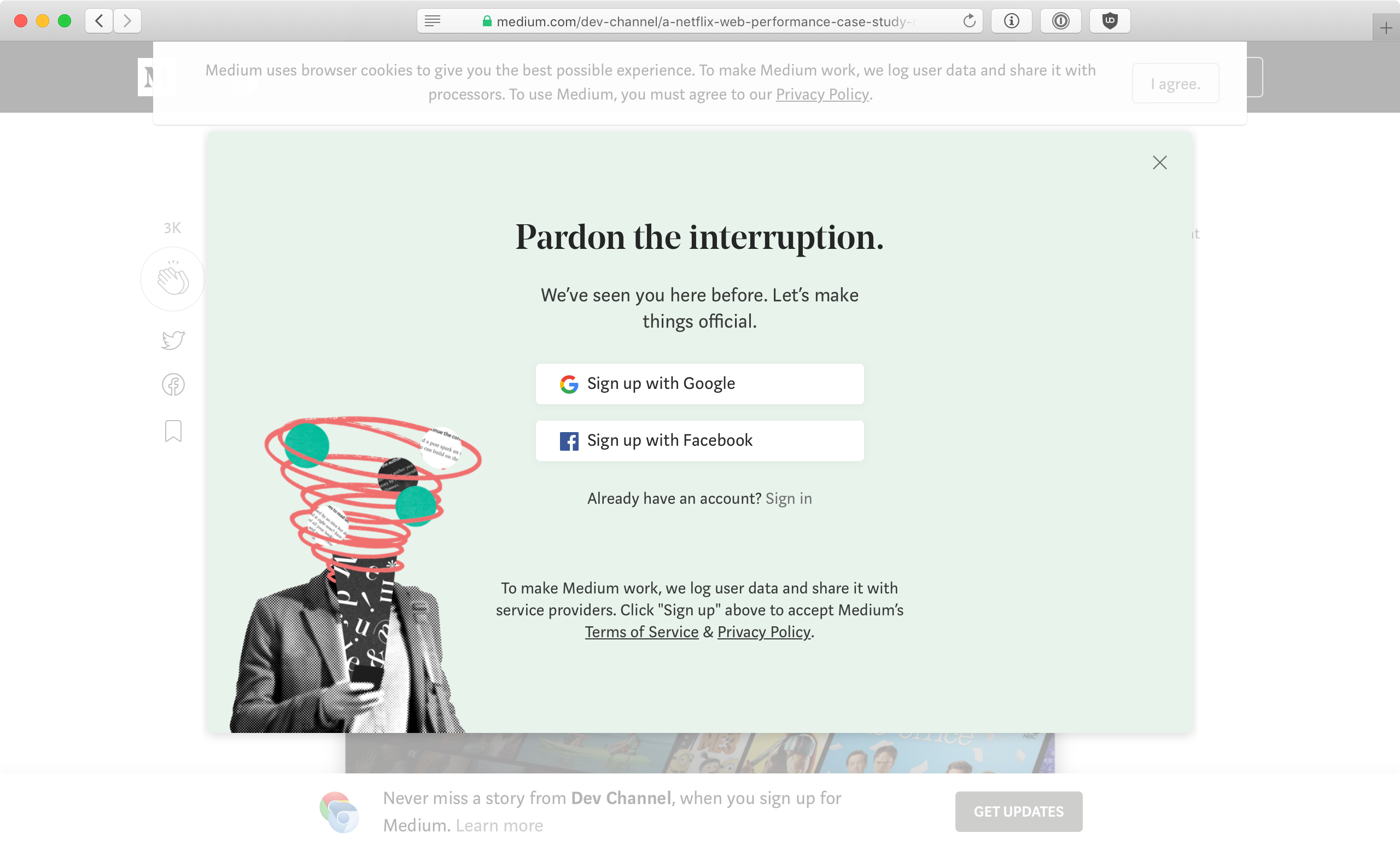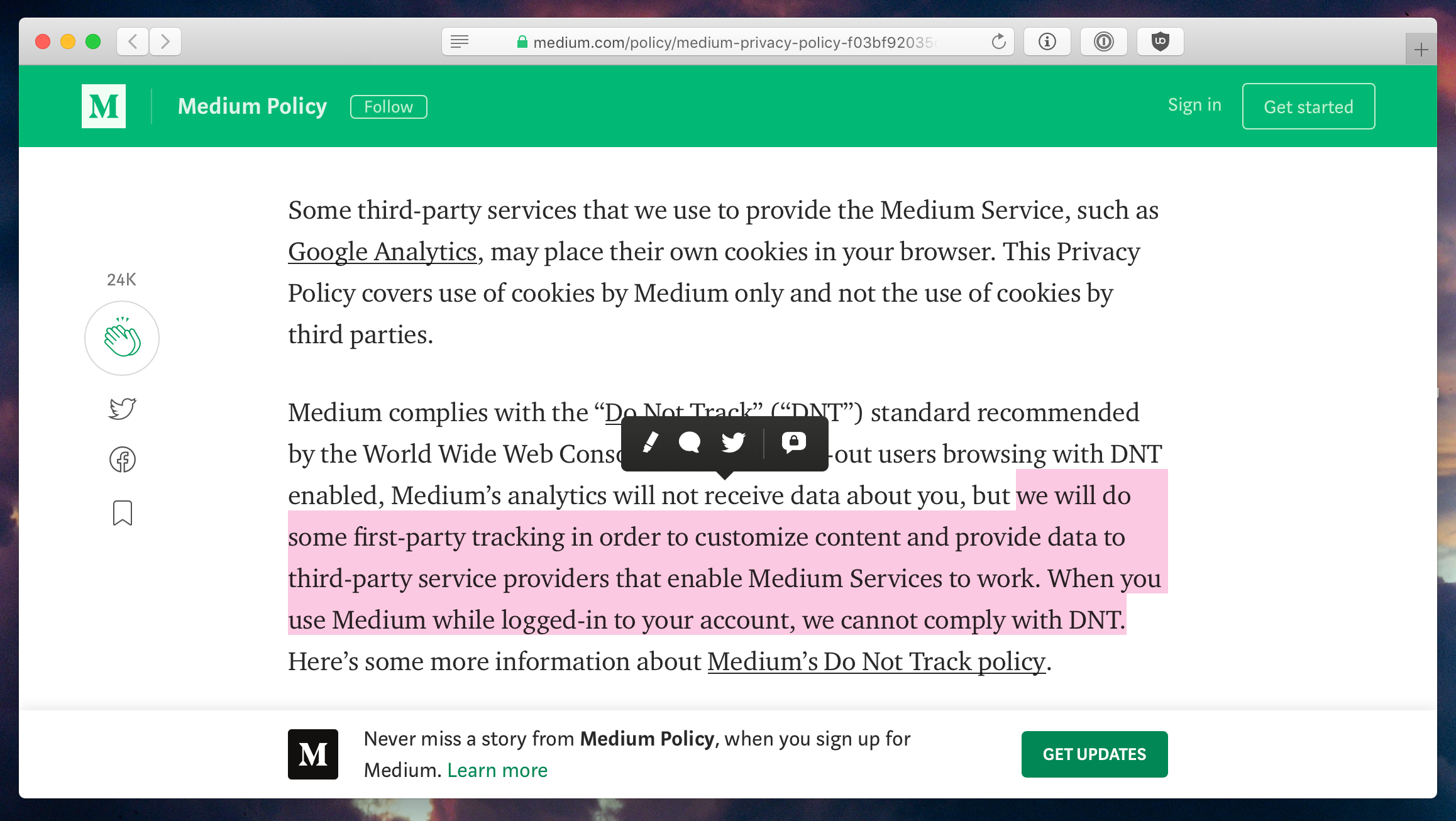started making videos in 2009, back before being a YouTuber was a thing. I always enjoyed editing videos and photos and started posting them on YouTube when I was 14. I was too young to drive, didn’t live within walking distance to any of my friends, and had way too much time on my hands. Back then I never would have dreamed that this thing I did in the summer because I was bored would become what it is now. I just enjoyed putting together these videos, and for years I didn’t make any money from any of them.
I’ve been on YouTube for over 10 years, and I’ve been lucky enough to have a few videos hit that 1,000,000 mark. One question I’m constantly asked is how much money I make. Seriously, everyone asks me this. Uber drivers, distant friends, relatives — everyone. For some reason, the etiquette of not prying into one’s finances just does not apply to YouTubers.
And I totally get it. Becoming a YouTuber is one of those things that feels within the realm of possibility for just about anyone. People are curious because they want to know if it could be worth their time. So, how much do YouTubers make?
The answer is not that simple, so let’s break it down. First, it’s important to note that YouTubers are able to leverage their following and make money off of a number of different streams of income. These include not just ad revenue, but brand deals, merchandise, live tours, and affiliate links.
This breakdown focuses primarily on the ad revenue I made directly on YouTube. Before each video you watch on YouTube, there is usually a 15 or 30-second advertisement. A few minutes into the video, you’ll probably get another ad. This time, it’s a small banner at the bottom of the screen with a link. These are how YouTubers get paid directly within the platform, and the amount of money you get from these ads depends on a number of factors.
Example one: “How To Pose In Photos” video
Here’s a video I made about “How To Pose in Photos.” When I wrote this, the video had 3,907,000 views. Pretty crazy right? I really did not expect this video to blow up. I made $1,275.99 from the 3,907,000 views on this video — a decent amount of money, but actually very low for YouTube. This video with 3 million views has earned less than some of my videos with 700,000 views.
Normally, I would expect a video with 3,000,000 views to make between $6,000-$15,000. I’ve even had one video with 2,000,000 views make about $40,000.
On average, my videos that have over 1,000,000 views have usually earned between $2,000-$5,000.
This particular video made so little because its viewers were mostly based outside of the United States, and the topic didn’t really garner any advertisers with a large budget.
The analytics show me that this video was pushed by YouTube’s algorithm to a lot of people that were not even subscribed to me (97%!), and the top countries were India, Philippines, Pakistan, and Nepal.
Each of these countries has a significantly lower CPM (cost per thousand views) than the United States, Australia, and Canada.
Here you can see the playback-based CPM was$4.08from the views in theUnited States, while it was only $1.16 in India. YouTube takes 45% of that playback based CPM, so really I only got$0.58 per one thousand views from the views in India on this video. This video is the lowest CPM I’ve ever had, so it doesn’t give the full picture of how much you can make on YouTube.
Example two — “The Top 10 Features of the Tesla Model 3” video
Here’s a video I made about the “Top 10 Features of the Tesla Model 3.” At the time of writing, the video had 2,057,000 views and had made $11,653.93. It has fewer views than the first example, but it’s a much longer video than the first example. Since it’s 10 minutes long, I was able to place a second ad into the video, which I’ve found usually doubles the amount I make.
This video also had more views from the United States and Canada, which typically means a higher CPM. This video had a playback based CPM of $11.06, which is much higher than the CPM from the first video, which averaged about $1.35.
Don’t forget that YouTube takes 45% though, so really that $11.06 CPM is $5.53. I’ve found the $4–6 CPM range to be pretty typical of most of my videos. On average, my videos that have over 1,000,000 views have usually earned between $2,000-$5,000.
While the amount you make on YouTube can vary greatly, I find it is most often in this $2,000-$5,000 range for 1,000,000 views. There are so many factors that go into how much a video can earn (viewer location, age, topic) — but all you really can control is the topic of your video.















